
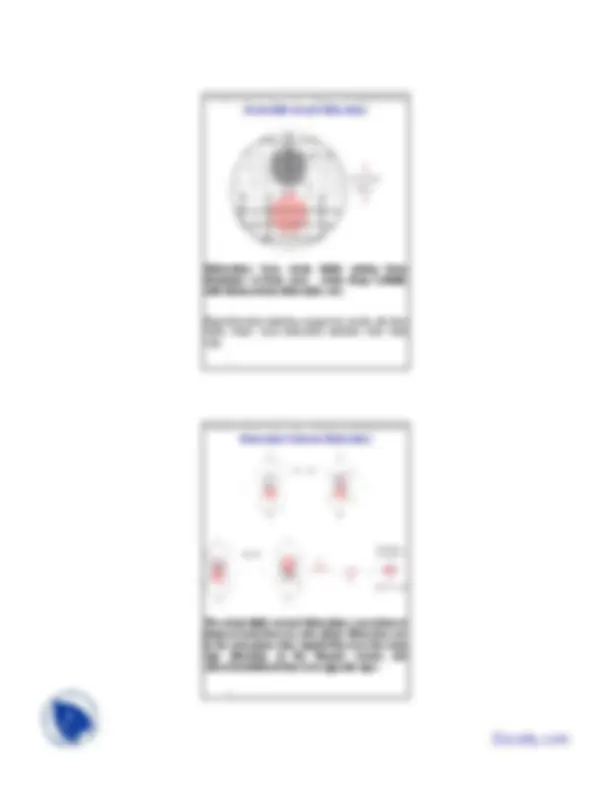
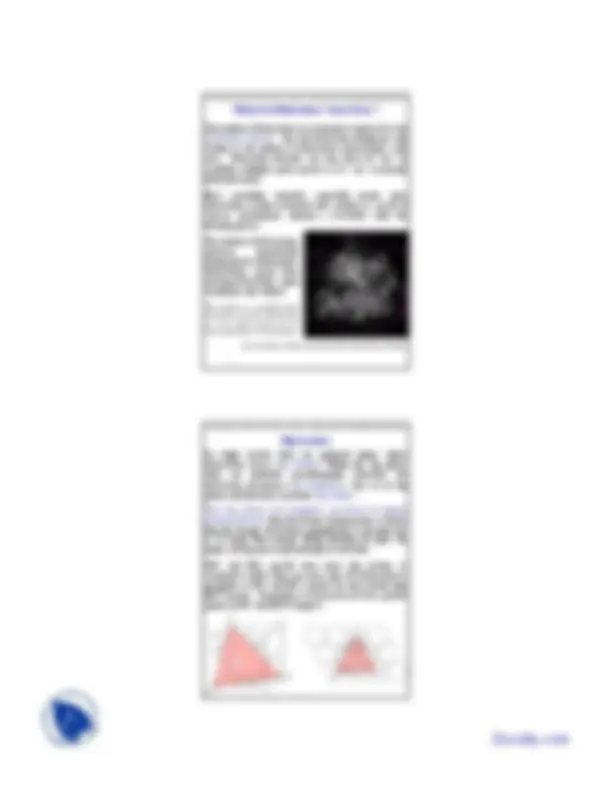


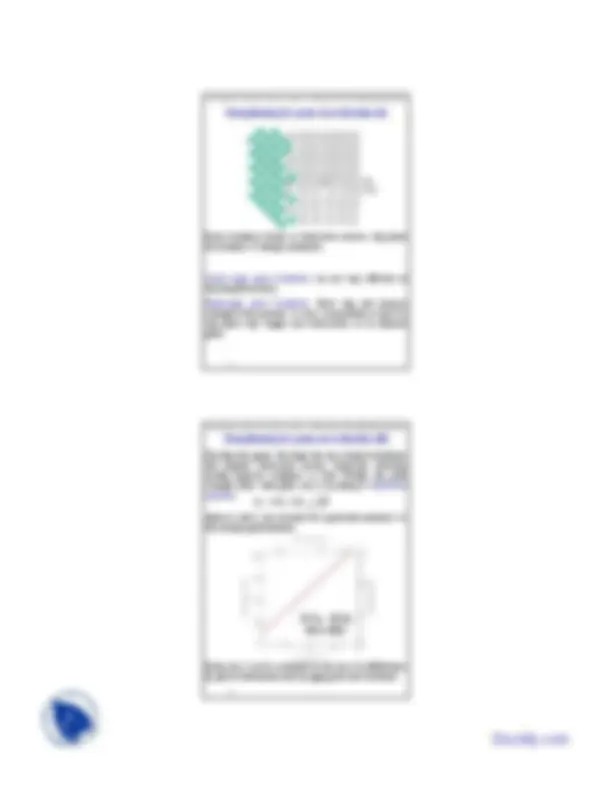

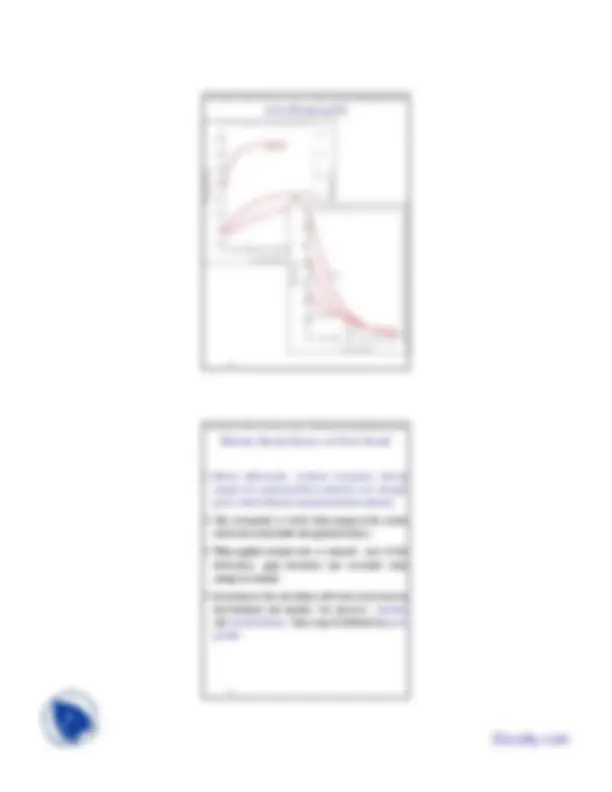
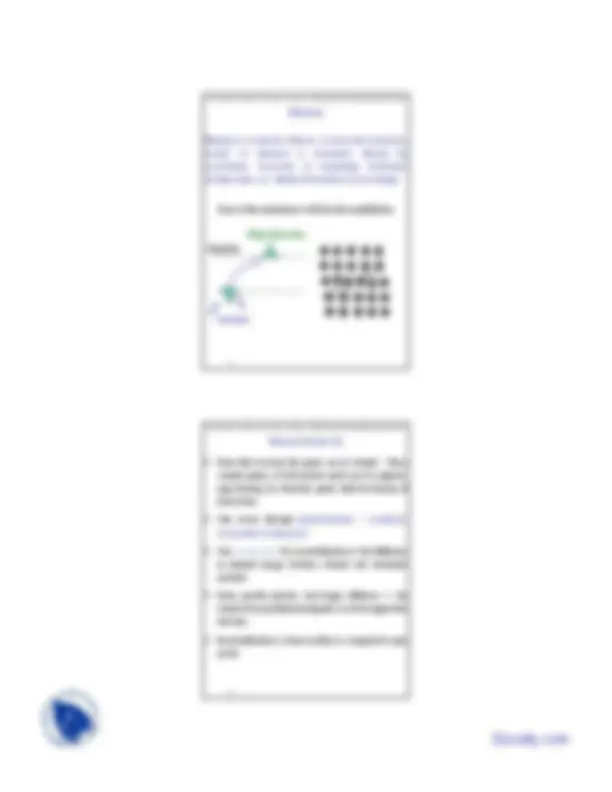
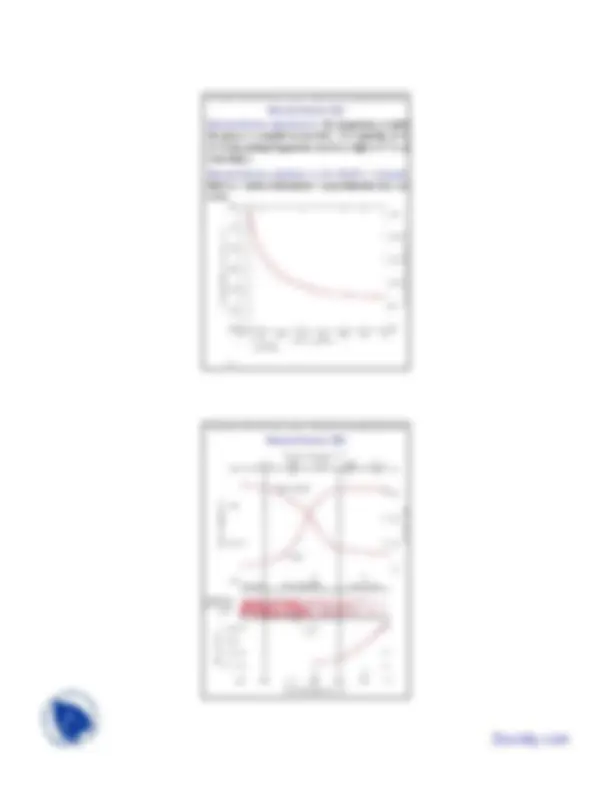


Study with the several resources on Docsity

Earn points by helping other students or get them with a premium plan


Prepare for your exams
Study with the several resources on Docsity

Earn points to download
Earn points by helping other students or get them with a premium plan
Community
Ask the community for help and clear up your study doubts
Discover the best universities in your country according to Docsity users
Free resources
Download our free guides on studying techniques, anxiety management strategies, and thesis advice from Docsity tutors
These are the Lecture Slides of Material Science for Engineers which includes Structure of Wood, Moisture Content, Density of Wood, Mechanical Properties of Wood, Expansion and Contraction of Wood, Concrete Materials, Properties of Concrete etc. Key important points are: v
Typology: Slides
1 / 17

This page cannot be seen from the preview
Don't miss anything!










1
What is happening in material during plastic deformation?
Introduction to Materials Science, Chapter 7, Dislocations and strengthening mechanisms
2
Why metals could be plastically deformed?
Why the plastic deformation properties could be changed to a very large degree by forging without changing the chemical composition?
Why plastic deformation occurs at stresses that are much smaller than the theoretical strength of perfect crystals?
These questions can be answered based on the idea proposed in 1934 by Taylor, Orowan and Polyani: Plastic deformation is due to the motion of a large number of dislocations.
Plastic deformation – the force to break all bonds in the slip plane is much higher than the force needed to cause the deformation. Why?
3
If the top half of the crystal is slipping one plane at a time then only a small fraction of the bonds are broken at any given time and this would require a much smaller force. The propagation of one dislocation across the plane causes the top half of the crystal to move ( to slip ) with respect to the bottom half but we do not have to break all the bonds across the middle plane simultaneously (which would require a very large force).
The slip plane – the crystallographic plane of dislocation motion.
Dislocations allow deformation at much lower stress than in a perfect crystal
Introduction to Materials Science, Chapter 7, Dislocations and strengthening mechanisms
4
For mixed dislocations, direction of motion is in between parallel and perpendicular to the applied shear stress
Edge dislocation line moves parallel to applied stress
Screw dislocation line moves perpendicular to applied stress
7
The number of dislocations in a material is expressed as the dislocation density - the total dislocation length per unit volume or the number of dislocations intersecting a unit area. Dislocation densities can vary from 10^5 cm-2^ in carefully solidified metal crystals to 10 12 cm-2^ in heavily deformed metals.
Most crystalline materials, especially metals, have dislocations in their as-formed state, mainly as a result of stresses (mechanical, thermal...) associated with the forming process.
The number of dislocations increases dramatically during plastic deformation. Dislocations spawn from existing dislocations, grain boundaries and surfaces.
This picture is a snapshot from simulation of plastic deformation in a fcc single crystal (Cu) of linear dimension 15 micrometers.
See animation at http://zig.onera.fr/lem/DisGallery/3D.html
Introduction to Materials Science, Chapter 7, Dislocations and strengthening mechanisms
University of Tennessee, Dept. of Materials Science and Engineering (^) 8
In single crystals there are preferred planes where dislocations move ( slip planes ). Within the slip planes there are preferred crystallographic directions for dislocation movement ( slip directions ). The set of slip planes and directions constitute slip systems.
The slip planes and directions are those of highest packing density. Since the distance between atoms is shorter than the average, the distance perpendicular to the plane has to be longer than average. Being relatively far apart, the planes can slip more easily relatively to each other.
BCC and FCC crystals have more slip systems as compared to HCP, there are more ways for dislocation to propagate ⇒ FCC and BCC crystals are more ductile than HCP crystals. Remember our discussion of close packed planes in FCC and HCP, Chapter 3.
9
Dislocations move in particular directions on particular planes (the slip system) in response to shear stresses applied along these planes and directions ⇒ we need to determine how the applied stress is resolved onto the slip systems.
Let us define the resolved shear stress, τ R , (which produces plastic deformation) that result from application of a simple tensile stress, σ.
Introduction to Materials Science, Chapter 7, Dislocations and strengthening mechanisms
10
Slip in Single Crystals - Critical Resolved Shear Stress
When the resolved shear stress becomes sufficiently large, the crystal will start to yield (dislocations start to move along the most favorably oriented slip system). The onset of yielding corresponds to the yield stress, σy (Chapter 6). The minimum shear stress required to initiate slip is termed the critical resolved shear stress :
Maximum value of (cosφ cosλ) corresponds to φ = λ = 45 o^ ⇒ cosφ cosλ = 0.5 ⇒ σy = 2τCRSS
CRSS y
Slip will occur first in slip systems oriented close to this angle (φ = λ = 45o) with respect to the applied stress
13
Plastic Deformation of Polycrystalline Materials
Grain orientations with respect to applied stress are random.
The dislocation motion occurs along the slip systems with favorable orientation (i.e. that with highest resolved shear stress).
Introduction to Materials Science, Chapter 7, Dislocations and strengthening mechanisms
14
Plastic Deformation of Polycrystalline Materials
Larger plastic deformation corresponds to elongation of grains along direction of applied stress.
Before After
15
Plastic Deformation of Polycrystalline Materials
¾ Slip directions vary from crystal to crystal ⇒ Some grains are unfavorably oriented with respect to the applied stress (i.e. cosφ cosλ low)
¾ Even those grains for which cosφ cosλ is high may be limited in deformation by adjacent grains which cannot deform so easily
¾ Dislocations cannot easily cross grain boundaries because of changes in direction of slip plane and disorder at grain boundary
¾ As a result, polycrystalline metals are stronger than single crystals (the exception is the perfect single crystal without any defects, as in whiskers)
Introduction to Materials Science, Chapter 7, Dislocations and strengthening mechanisms
16
Mechanisms of strengthening in single-phase metals:
¾ grain-size reduction
¾ solid-solution alloying
¾ strain hardening
Ordinarily, strengthening reduces ductility
19
Introduction to Materials Science, Chapter 7, Dislocations and strengthening mechanisms
20
Smaller and larger substitutional impurities tend to diffuse into strained regions around the dislocation leading to partial cancellation of impurity-dislocation lattice strains.
21
Introduction to Materials Science, Chapter 7, Dislocations and strengthening mechanisms
22
(Strain Hardening = Work Hardening = Cold Working)
Ductile metals become stronger when they are deformed plastically at temperatures well below the melting point.
The reason for strain hardening is the increase of dislocation density with plastic deformation. The average distance between dislocations decreases and dislocations start blocking the motion of each other.
The percent cold work (%CW) is often used to express the degree of plastic deformation:
%CW is just another measure of the degree of plastic deformation, in addition to strain.
100 A
A A %CW 0
0 d ×
where A 0 is the original cross-section area, Ad is the area after deformation.
25
Strain Hardening (IV)
Introduction to Materials Science, Chapter 7, Dislocations and strengthening mechanisms
26
Recovery, Recrystallization, and Grain Growth
¾ Plastic deformation increases dislocation density
(single and polycrystalline materials) and changes grain size distributions (polycrystalline materials).
¾ This corresponds to stored strain energy in the system
(dislocation strain fields and grain distortions).
¾ When applied external stress is removed - most of the
dislocations, grain distortions and associated strain energy are retained.
¾ Restoration to the state before cold-work can be done by
heat-treatment and involves two processes: recovery and recrystallization. These may be followed by grain growth.
27
Recovery
Heating → increased diffusion → enhanced dislocation
motion → decrease in dislocation density by
annihilation, formation of low-energy dislocation
configurations → relieve of the internal strain energy
Some of the mechanisms of dislocation annihilation:
vacancies
slip plane
Edge dislocation
Introduction to Materials Science, Chapter 7, Dislocations and strengthening mechanisms
28
Recrystallization (I)
¾ Even after recovery the grains can be strained. These
strained grains of cold-worked metal can be replaced, upon heating, by strain-free grains with low density of dislocations.
¾ This occurs through recrystallization – nucleation
and growth of new grains.
¾ The driving force for recrystallization is the difference
in internal energy between strained and unstrained material.
¾ Grain growth involves short-range diffusion → the
extend of recrystallization depends on both temperature and time.
¾ Recristallization is slower in alloys as compared to pure
metals
31
Grain Growth
¾ If deformed polycrystalline material is maintained at annealing temperature following complete recrystallization, then further grain growth occurs.
¾ Driving force is reduction of grain boundary area and hence energy Big grains grow at the expense of the small ones.
¾ Grain growth during annealing occurs in all polycrystalline materials (i.e. they do not have to be deformed or undergo recrystallization first).
¾ Boundary motion occurs by short range diffusion of atoms across the grain boundary → strong temperature dependence of the grain growth.
Introduction to Materials Science, Chapter 7, Dislocations and strengthening mechanisms
32
(a) Cold-worked brass, x-sectional area deformed by 33% (b) After 3seconds at 580 °C, new grains appear (c) After 4 seconds at 580 °C, many new grains are present (d) After 8 seconds at 580 °C, complete recrystallization has occurred (e) After 1 hour at 580 °C, substantial grain growth has occurred The driving force for this is the reduction of high-energy grain boundaries.
33
¾ Cold working ¾ Critical resolved shear stress ¾ Dislocation density ¾ Grain growth ¾ Lattice strain ¾ Recovery ¾ Recrystallization ¾ Recrystallization temperature ¾ Resolved shear stress ¾ Slip ¾ Slip system ¾ Strain hardening ¾ Solid-solution strengthening
Make sure you understand language and concepts:
Introduction to Materials Science, Chapter 7, Dislocations and strengthening mechanisms
34
Chapter 8: Failure